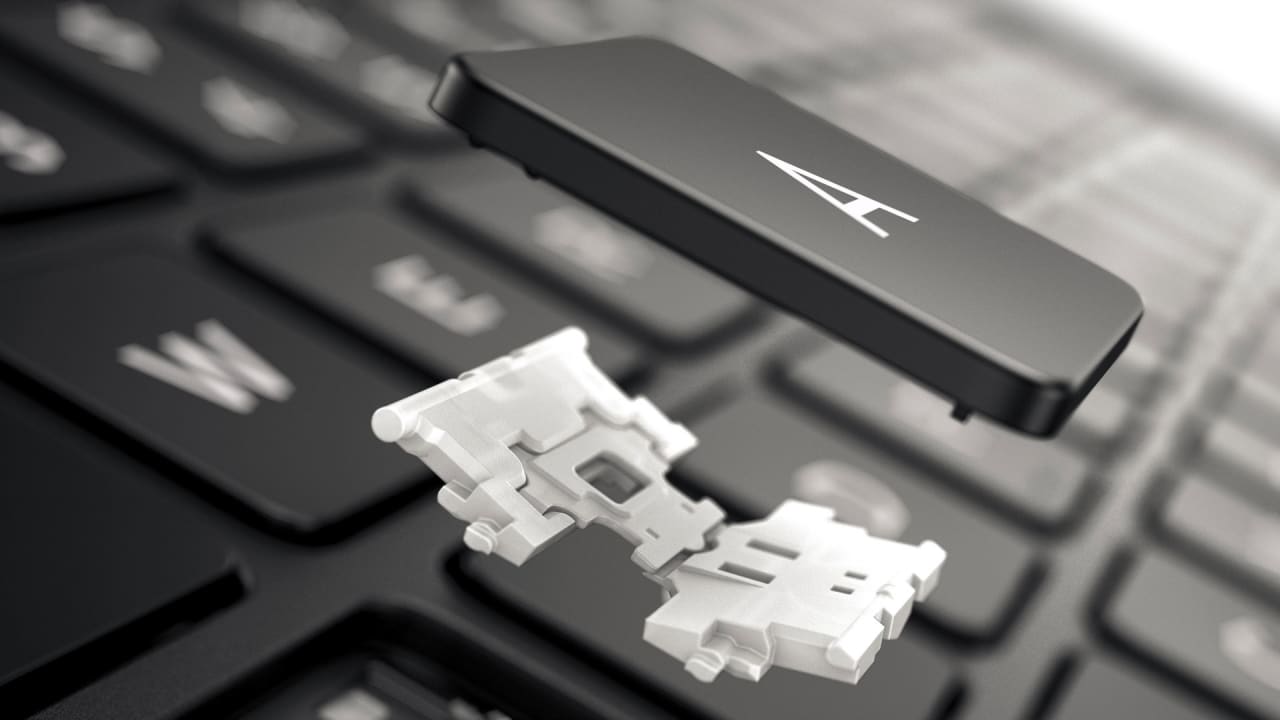About six years ago, some engineers at Razer got the idea to put a mechanical keyboard into a laptop. The goal was to bring the satisfying clickiness of classic desktop keyboards–and Razer’s gaming keyboards in particular–to the company’s sleek gaming notebooks. After years of working through a wide range of engineering challenges, the Razer Blade Pro launched in 2016, debuting what Razer called the “World’s First Ultra-Low-Profile Mechanical Keyboard” in a laptop. It should have been a triumph, both for PC gamers and for serious typists. Instead, it was a bust. A new version of the Blade Pro, which Razer announced last month, will abandon mechanical keys for a more traditional laptop keyboard. “Razer has received positive sentiment from consumers regarding the tactile feedback of the Razer Blade 15 keyboard,” the company said in a statement, “so we decided to deploy that technology in the Razer Blade Pro.” The sad demise of the Blade Pro’s mechanical keyboard is a prime example of why today’s laptop keyboards are, for the most part, not so great. The race to make laptops slimmer and smaller has put the squeeze on even the most well-established keyboard designs, let alone ambitious new ones like Razer’s mechanical keys. The most fertile ground now for laptop keyboard innovation is in making them even thinner without rendering them intolerable, rather than truly excellent. And as Apple has experienced with its Macbooks’ failure-prone “butterfly” keyboard mechanisms , those efforts can backfire. In other words, as laptops follow phones and tablets into the realm of ultrathin designs with edge-to-edge screens, they’re ruining one of the defining features that would lead you to use a laptop in the first place.

Read more from the original source:
Here’s why your laptop keyboard stinks